In the realm of Waterdrop, the distinction between RO-filtered water and bottled water has sparked numerous discussions. The consensus is that water filtered through Reverse Osmosis (RO) systems offers a superior, more refreshing taste and health benefits over its bottled counterpart. These RO systems shield the public from potential waterborne ailments, proving crucial for their well-being.
RO’s Superiority Over Bottled Water
The marvel of Reverse Osmosis (RO) systems rests not just in their technical intricacy but also in their transformative impact on water quality. At their core, these systems function as meticulous gatekeepers, scrutinizing every drop of water that passes through them, ensuring that contaminants, no matter how minuscule, are effectively weeded out.
The contaminants that these systems can filter out encompass a wide array. Calcium and magnesium, for instance, which are commonly responsible for water hardness, are readily eliminated. The significance of this extends beyond just ensuring drinkable water. By reducing these elements, RO systems effectively prolong the lifespan of household appliances by preventing scale build-up. Yet, the capabilities of these systems do not stop at minerals. They venture into the realm of microscopic threats – bacteria, viruses, and other pathogens that lurk invisibly but pose palpable health risks. Through the RO process, these threats are neutralized, providing an added layer of security to users.
But perhaps the most commendable feat of RO systems is their capacity to filter out hazardous heavy metals and inorganic substances, many of which have long-lasting detrimental effects on human health. The upshot of all these rigorous filtrations? Water that isn’t just clear, but is also vibrant in taste, giving a refreshing experience with every sip. It’s a testament to how advanced engineering can converge with nature to produce something that’s both essential and delightful.
The RO’s Achille’s Heel: Wastewater
However, every rose has its thorn. A significant concern with these purifiers is the substantial water wastage. Depending on the specific RO system in use, wastewater production can be daunting. Traditional models often have a 3:1 drain ratio, with the most efficient ones operating at a 2:1 ratio. Yet, hope isn’t lost. Innovations have introduced RO systems that produce significantly less wastewater. However, some degree of wastewater production remains inevitable with all models.
But why this wastage? The science behind RO systems reveals that they use specialized membranes to sift out impurities. The impure water expelled in the process is termed “reject water” or wastewater. Professionals affirm that this wastewater, laden with high Total Dissolved Solids (TDS) levels, is unsuitable for consumption or even for bathing, due to the varying concentration of organic and inorganic salts present. Yet, this wastewater doesn’t need to be discarded. Both homes and offices can find alternative uses for it.
Preliminaries Before Using RO Wastewater
In our pursuit of sustainable practices, while wastewater reuse stands out as a commendable strategy, it’s not without its prerequisites. The success of this endeavor largely hinges on the preliminary steps taken to ensure its feasibility and safety. One cannot underscore enough the importance of understanding the water’s quality, especially its TDS levels, before repurposing it.
Total Dissolved Solids (TDS) are indicative of the concentration of dissolved substances in water. These could range from minerals to salts and other organic matter. High TDS levels can adversely affect both human health and the environment. For instance, water with elevated TDS might not be conducive for certain plants, potentially altering soil properties and harming its microecosystem. Similarly, for household chores, unchecked TDS levels could lead to sedimentation and scaling issues.
Thankfully, with the advent of modern technology, determining these levels is no longer a tedious process. Contemporary RO systems are often equipped with intuitive displays that provide real-time feedback on the water’s quality. This not only aids in ensuring the safety of the wastewater’s end-use but also offers a convenient checkpoint for those keen on adopting such sustainable measures. In essence, while repurposing wastewater presents a forward-thinking approach to water conservation, its execution demands meticulous attention to detail. Only with a thorough understanding of the water’s composition can we reap the full benefits of this practice, ensuring the well-being of both our environment and ourselves.
Storing RO Wastewater
Water is more than just a source of life; it’s a reflection of our societal values and environmental consciousness. As the world becomes increasingly aware of its ecological responsibilities, there’s a rising emphasis on using this invaluable resource judiciously. One such innovative approach is the repurposing of RO wastewater, which combines the best of technological advancement with environmental stewardship.
Redirecting RO wastewater for car washes exemplifies this mindset shift. In a world where traditional car washing consumes immense quantities of freshwater, employing wastewater is not only a practical alternative but also an emblem of sustainable living. This practice strikes a harmonious balance, ensuring vehicle hygiene without compromising our ecological commitments. In urban settings, the lush green plants that grace balconies and windowsills bridge the gap between metropolitan life and nature’s serenity. RO wastewater, especially in areas with lower TDS, becomes a lifeline for these plants. However, understanding its effects on different plant types can help maintain a vibrant urban garden that thrives.
The essence of home, for many, is cleanliness and order. And in this domain, the versatility of RO wastewater shines brightly. From mopping floors to doing dishes, it seamlessly integrates into daily household routines. But when it touches upon washing fabrics, a nuanced approach is crucial, especially when dealing with delicate materials. Modern conveniences like washing machines have undeniably transformed laundry processes, but they come with an environmental price tag. The judicious use of RO wastewater in these machines, particularly the semi-automatic variants, ensures clothes are cleaned while reducing the ecological impact.
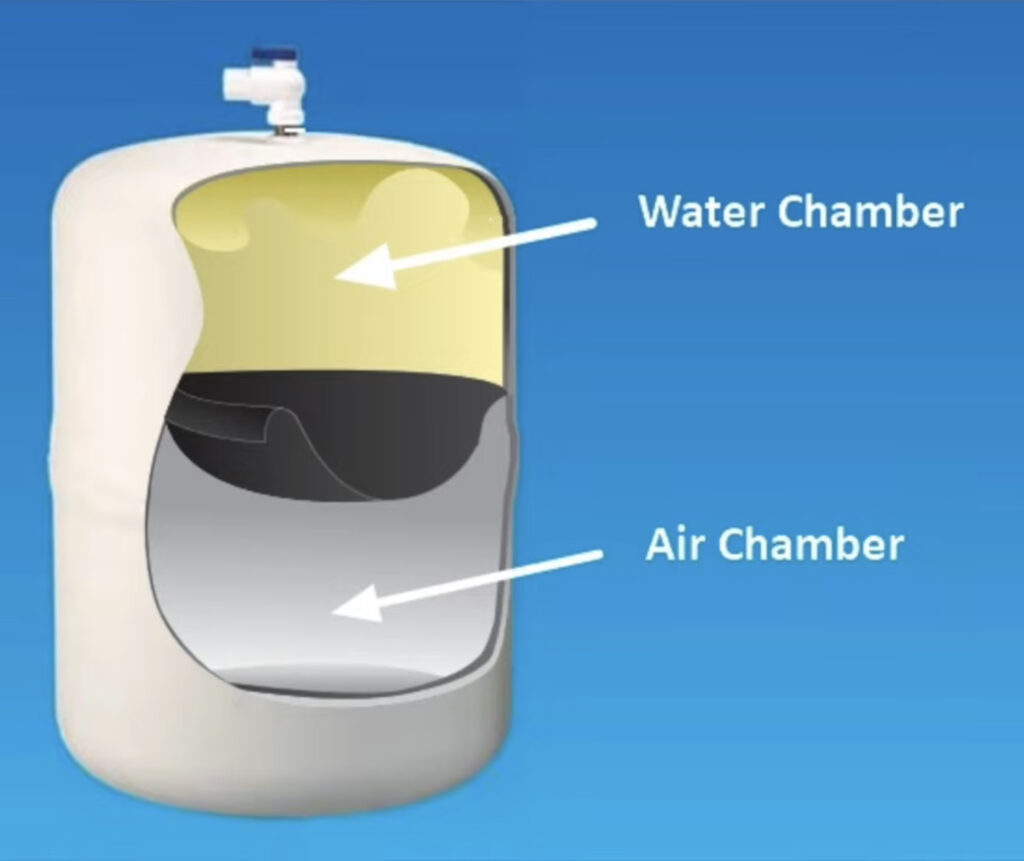
Lastly, while pure water is the gold standard for personal hygiene, our utilities can function effectively with alternatives. RO wastewater, although not suitable for direct human contact, finds its niche in flushing toilets and cleaning bathroom fixtures. This application not only conserves freshwater but also epitomizes the principle that every water droplet holds potential. As we navigate the complexities of our modern era, reimagining our relationship with water will be pivotal. Repurposing RO wastewater is more than just a conservation tactic; it’s a testament to our evolving relationship with the environment and a commitment to a sustainable future.
Five Alternative Uses for RO Wastewater
Water: a quintessential element of life. Its applications are myriad, from quenching our thirst to powering our industries. Yet, as the global community grows increasingly environmentally-conscious, the traditional ways we’ve used this invaluable resource are coming under scrutiny. The answer to some of these challenges lies in adopting sustainable and innovative practices, and repurposing RO wastewater is a step in that direction.
- Eco-friendly Car Wash: Traditional car wash methods often squander vast amounts of freshwater. Redirecting RO wastewater for this purpose not only preserves essential water reserves but also fosters an environment-centric approach to mundane tasks. This shift promotes a holistic view where both vehicle hygiene and ecological balance coexist harmoniously;
- Gardening: Plants, the lungs of our planet, thrive on water. For city-dwellers, the RO wastewater becomes a bridge between their urban settings and the touch of nature in their homes. But, as every plant differs, observing the water’s effects helps maintain a flourishing green space;
- Household Cleaning: Within the walls of our homes, cleanliness stands paramount. The versatility of RO wastewater proves its mettle here, effortlessly fitting into daily chores. Yet, when it touches the fabric realm, discernment becomes essential to ensure longevity and care;
- Laundry: Modern-day conveniences like washing machines have transformed laundry, but they come with their water costs. Incorporating RO wastewater into this routine, while being watchful of its characteristics, results in an eco-friendlier wash;
- Toilet Utilities: Our personal care deserves the purest water, but our utilities don’t always need the same. Repurposing RO wastewater for flushing and cleaning is both a practical and environmentally responsible move, demonstrating that every drop, regardless of its source, has value and potential.
As we march into the future, the way we view and use water will significantly influence our environmental footprint. Embracing methods like these not only conserves water but also reinforces a culture of sustainability.
Spotlight on WaterdropRO Purifier
For those seeking an efficient RO system, the WaterdropRO Water Purifier stands out. It leads the pack in minimizing wastewater, producing just a fraction compared to its peers. Moreover, its filtration efficiency is unparalleled, having passed rigorous tests and certifications, ensuring its users water free from harmful elements like Cadmium, Lead, and Bisphenol A, among others. In a world grappling with water scarcity, each drop counts. It behooves everyone to adopt measures that conserve this precious resource, and wisely utilizing RO wastewater is a step in the right direction.
Diving Deeper into the World of Water Conservation
Water’s vital role in the interconnected web of life is indisputable. Every droplet is a testament to the profound relationship between our environment, our well-being, and our progress as a society. From the serene lakes that cradle ecosystems to the rivers that have witnessed the birth and growth of civilizations, water is the silent custodian of our history and future.
However, with the advent of modernity and the accelerating pace of urbanization, the demand for clean, potable water has skyrocketed. The dilemma we face now is not just the quantity but also the quality of water. This is where technologies like Reverse Osmosis come to the fore. Serving as a bridge between nature and innovation, RO systems harness the power of advanced filtration, ensuring that every drop we consume is free from harmful contaminants.
But like many solutions in our intricate world, RO systems present a duality. On one hand, they stand as beacons of health and safety, offering pristine water. On the other, they inadvertently contribute to the wastewater challenge, emphasizing the delicate balance we must strike between consumption and conservation. As we continue to navigate the complexities of the 21st century, it’s evident that our approach to water management requires both foresight and adaptability. Embracing technologies like RO while concurrently addressing their environmental implications will be instrumental in ensuring a harmonious and sustainable coexistence with our planet’s most precious resource.
A Deeper Look at Reverse Osmosis
RO is more than a buzzword in the water purification sector; it’s a proven method that has consistently delivered results. The system works by applying pressure to push water through a semi-permeable membrane, separating the pure water molecules from impurities. This intricate process ensures that the output water is free from potentially harmful contaminants. However, the sophistication of this method leads to one of its primary criticisms: the generation of wastewater. To understand why this happens, we must delve into the heart of the RO system.
The Science Behind Wastewater Generation
The semi-permeable membrane of an RO system is its main filtration tool. As water molecules pass through this membrane, contaminants, including salts, bacteria, and heavy metals, are blocked and subsequently flushed out. This rejected water, laden with these contaminants, is what we refer to as wastewater.
The wastage ratio, often ranging from 3:1 to 2:1 in traditional systems, essentially means that for every three liters of input water, only one liter of purified water is produced, with the other two being discarded as wastewater.
Rethinking Wastewater
The term “wastewater” might evoke a sense of uselessness, but in the age of sustainability, rethinking its potential uses can be a game-changer.
- Agriculture: Agriculture consumes a significant amount of the world’s freshwater. While wastewater from RO systems might be unsuitable for direct consumption, it can be used for irrigation. Certain crops, especially those tolerant to salt, can benefit from this water source;
- Construction: The construction sector requires vast amounts of water, especially for mixing cement and for dust control. RO wastewater can effectively serve these purposes, reducing the burden on freshwater sources;
- Industrial Cooling: Many industries use water for cooling purposes. Given that the primary requirement here is volume and not purity, RO wastewater can be a viable alternative.
The Economic Implications of Wastewater Utilization
Utilizing RO wastewater is not just an environmental boon; it carries significant economic implications. With freshwater resources dwindling and costs rising, industries and households can save considerably by harnessing this “waste.”
Innovations in RO Systems
The water purification sector is not static. Research and development are continuously underway, aimed at reducing the wastage ratio. Some modern RO systems have managed to lower the wastage to an impressive 1:1 ratio. These advancements, while currently pricier, signify the direction in which the industry is moving — a direction where both purification and conservation go hand in hand.
Holistic Water Management
The conversation around water should not be limited to consumption alone. True sustainability involves a holistic approach to water management, from sourcing to consumption and recycling.
- Rainwater Harvesting: By setting up systems to collect and store rainwater, we can reduce the burden on municipal supplies and groundwater. This harvested water can serve many purposes, from gardening to toilet flushing, and even drinking if properly treated;
- Greywater Recycling: Water that’s been used in households for purposes other than drinking and cooking, like bathing or washing clothes, can be treated and reused. Known as greywater, this resource can be recycled for non-potable uses, further reducing the demand on freshwater sources;
- Educating the Masses: Public awareness campaigns can play a pivotal role in water conservation. By educating people about the importance of water and the simple steps they can take to conserve it, collective action can lead to substantial results.
Conclusion
Water is not just a resource; it’s a lifeline. As populations grow and climates change, the challenges surrounding water will only intensify. While RO systems represent a significant stride in ensuring access to clean water, the accompanying issue of wastewater is a reminder that every solution carries its own set of challenges. Yet, by reimagining these challenges as opportunities, we can chart a course toward a sustainable future. Whether it’s through innovative RO systems that minimize wastage, reutilizing wastewater, or adopting holistic water management practices, the roadmap to water sustainability is multifaceted.
In this journey, every individual, community, and nation has a role to play. From adopting water-saving technologies and practices to supporting research and development in the water sector, collective action can ensure that this invaluable resource is available for generations to come. In the narrative of water, the RO system and its wastewater are but a chapter. Yet, as the Waterdrop scenario elucidates, it’s a chapter teeming with lessons and opportunities. Embracing these lessons can ensure that the story of water, unlike its sources, never runs dry.


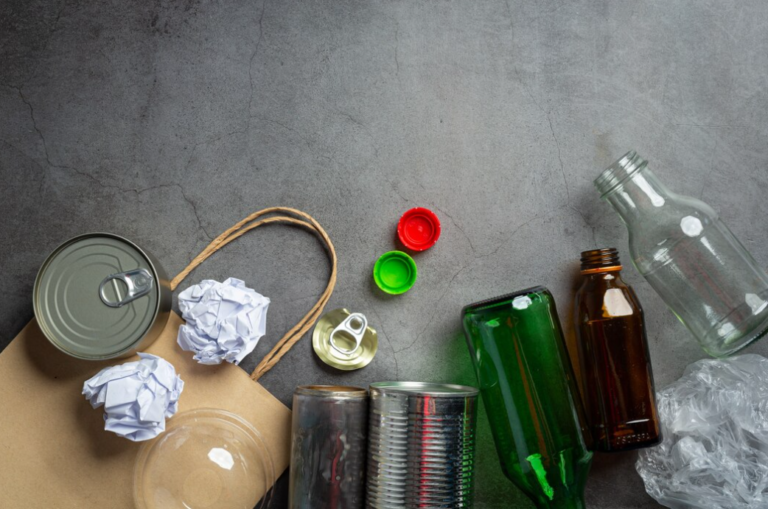

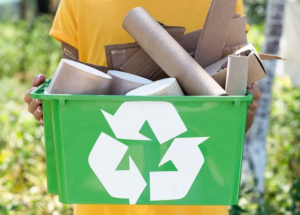
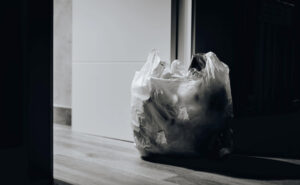


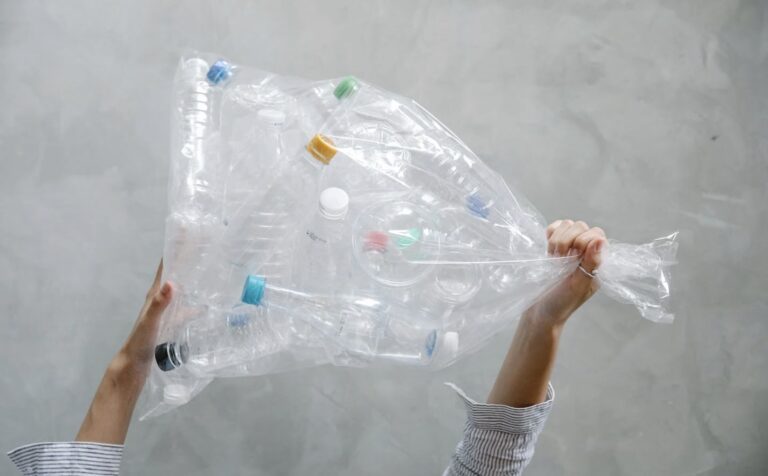
+ There are no comments
Add yours